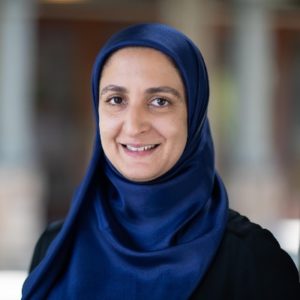Two-Stage Clustering of Household Electricity Load Shapes for Improved Temporal Pattern Representation
Hoda Eldardiry
Abstract
With the widespread adoption of smart meters in buildings, an unprecedented amount of high-resolution energy data is released, which provides opportunities to understand building consumption patterns. Accordingly, research efforts have employed data analytics and machine learning methods to segment customers based on their load profiles, which help utilities and energy providers promote customized/personalized targeting for energy programs. Existing energy consumption segmentation techniques use assumptions that could reduce clusters’ quality in representing their members. Therefore, in this paper, we investigated a two-stage clustering method for capturing more representative load shape temporal patterns and peak demands through a cluster merging approach. In the first stage, load shapes are clustered (using classical clustering algorithms) by allowing a large number of clusters to accurately capture variations in energy use patterns, and cluster centroids are extracted by accounting for limited shape misalignment within the range of Demand Response (DR) timeframes. In the second stage, clusters with similar centroids and power magnitude ranges are merged using Complexity-Invariant Dynamic Time Warping. We used three datasets consisting of ~250 households (~15000 profiles) to demonstrate the efficacy of the framework, compared to baseline methods, and discuss the impact on energy management. The proposed investigated merging-based clustering also increased correlation between cluster centroids and the corresponding members by 3–9% for different datasets.
People
Publication Details
- Date of publication:
- October 22, 2021
- Journal:
- IEEE Access
- Page number(s):
- 151667-151680
- Volume:
- 9
- Publication note:
Milad Afzalan, Farrokh Jazizadeh, Hoda Eldardiry: Two-Stage Clustering of Household Electricity Load Shapes for Improved Temporal Pattern Representation. IEEE Access 9: 151667-151680 (2021)
